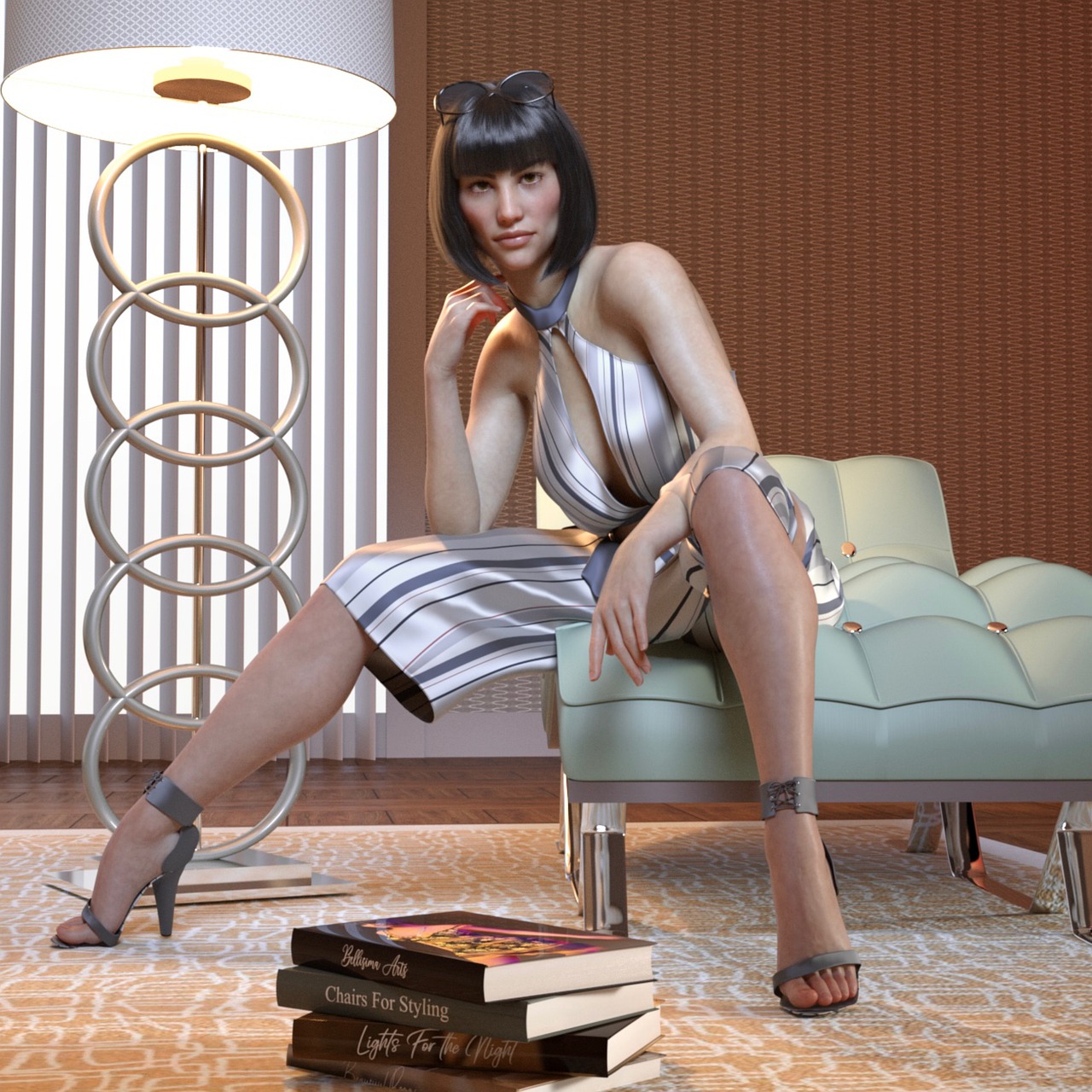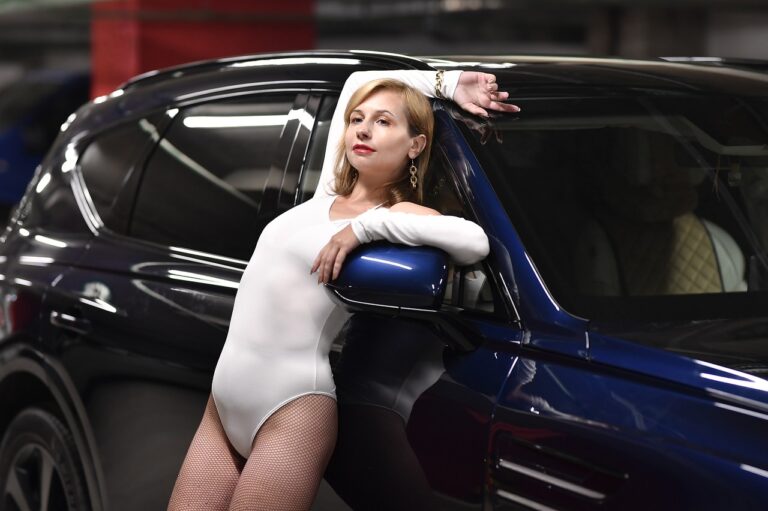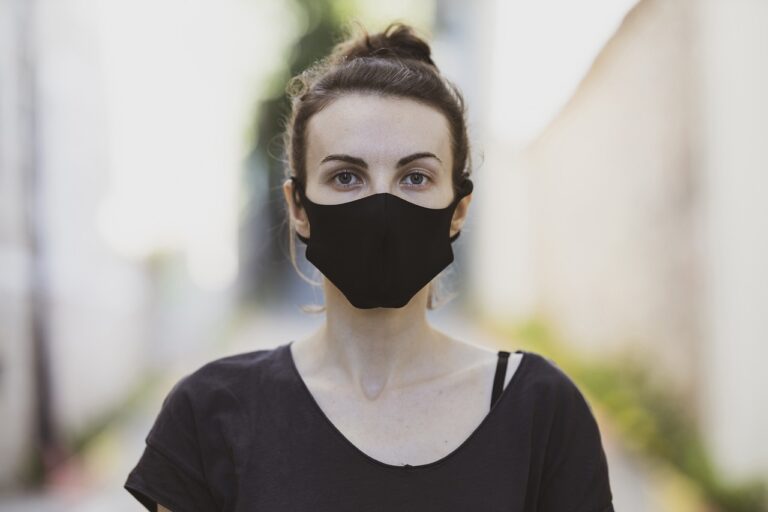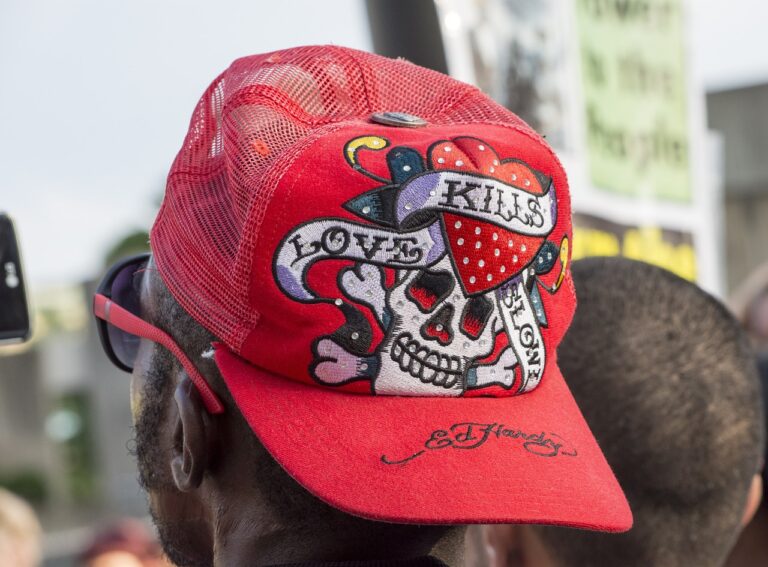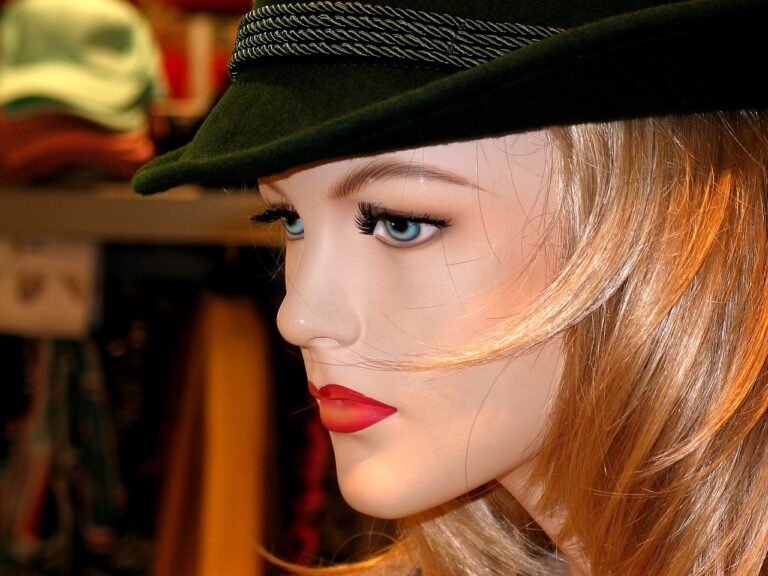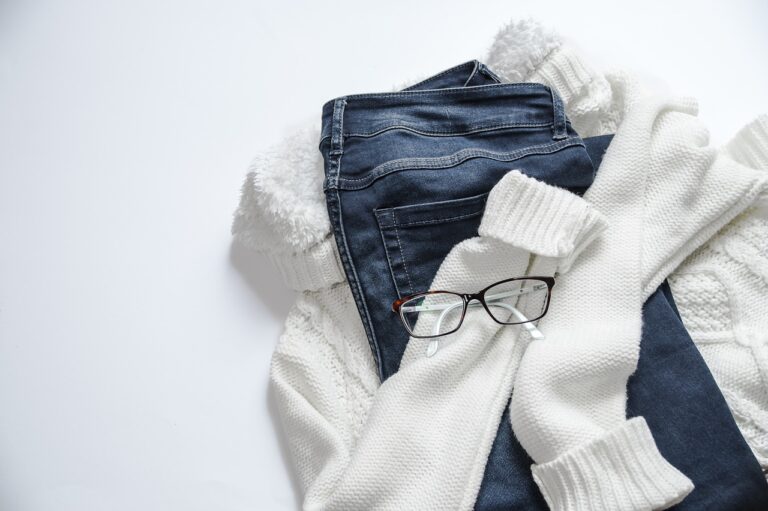Fashion and Time: The Evolution of Trends Across Decades
The 1920s, commonly known as the Roaring Twenties, marked a significant shift in the fashion world. Women’s clothing became more relaxed and revealing, with the introduction of shorter hemlines and looser silhouettes. The iconic flapper style emerged, characterized by drop-waist dresses, embellished with fringe and beads, exuding a sense of freedom and rebellion against traditional norms.
In contrast, men’s fashion embraced a more relaxed and casual approach with the popularity of suits made from lightweight fabrics and the introduction of sportswear-inspired ensembles. The influence of the jazz age was unmistakable in the vibrant colors and bold patterns that became prominent in men’s attire. Overall, the fashion of the 1920s reflected a departure from the constraints of the past, embracing a new era of liberation and modernity.
Fashion in the 1930s: The Great Depression Era
During the tumultuous 1930s, the fashion industry underwent significant transformations in response to the economic challenges brought on by the Great Depression. Women’s fashion became more subdued and practical, reflecting the need for simplicity and durability. Silhouettes became more streamlined, with hemlines dropping to mid-calf and waistlines returning to their natural position. The use of luxurious fabrics declined, leading to a rise in the popularity of more affordable materials like cotton and rayon.
Despite the difficult economic climate, the fashion industry continued to innovate and adapt to the changing times. The rise of ready-to-wear clothing provided more accessible options for a wider range of consumers. Designers focused on creating versatile pieces that could be mixed and matched to create different looks, emphasizing functionality and efficiency. Accessories such as gloves, hats, and handbags played a crucial role in completing outfits, adding a touch of elegance and sophistication to everyday ensembles.
Fashion in the 1940s: World War II Influence
During the 1940s, World War II had a significant impact on fashion trends as rationing of fabric and resources led to a more practical and simplistic approach to clothing. Women’s skirts became shorter to save on material, and tailored suits with padded shoulders became popular as a symbol of strength and empowerment. The war also influenced the use of more durable fabrics like denim and cotton, emphasizing functionality over frivolity.
Additionally, the military uniform greatly influenced fashion during this time, with women adopting the utilitarian style into their everyday wardrobes. Trench coats, khaki pants, and bomber jackets became staples in women’s fashion, showcasing a sense of solidarity with the soldiers fighting overseas. The war era also brought about a sense of resilience and creativity in fashion, as designers found ways to adapt to the limitations imposed by the wartime conditions.
• Women’s skirts became shorter to save on material
• Tailored suits with padded shoulders became popular as a symbol of strength and empowerment
• More durable fabrics like denim and cotton were used, emphasizing functionality over frivolity
• Military uniform greatly influenced fashion, with women adopting utilitarian style into everyday wardrobes
• Trench coats, khaki pants, and bomber jackets became staples in women’s fashion
How did World War II influence fashion in the 1940s?
World War II had a significant impact on fashion in the 1940s, as resources were limited and rationing was implemented. This led to simpler, more practical designs and a focus on functionality over extravagance.
What were some key characteristics of fashion in the 1940s?
Fashion in the 1940s was characterized by tailored suits for men and women, knee-length skirts, functional clothing for women working in factories, and a general sense of austerity and practicality.
How did fashion in the 1940s differ from the previous decades?
Fashion in the 1940s was markedly different from the previous decades due to the influence of World War II. Clothing became more utilitarian and simple, with an emphasis on conserving resources and supporting the war effort.
Were there any notable trends or styles in fashion during the 1940s?
Some notable trends in fashion during the 1940s included the popularity of shoulder pads, peplum jackets, platform shoes, and the revival of the wedge heel. Utility clothing, such as overalls and jumpsuits, also became more common.
How did women’s fashion evolve during the 1940s?
Women’s fashion in the 1940s evolved to reflect the changing roles of women during the war. Many women entered the workforce and needed practical clothing for their new jobs, leading to the rise of functional, yet stylish, workwear.

